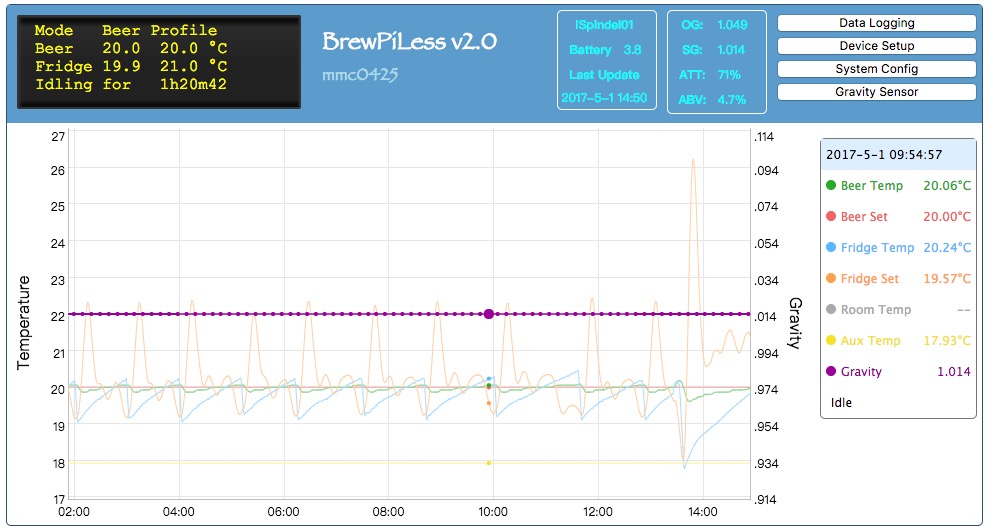I doubt it will work since even Microsoft's on-line version doesn't. The excel might have something in C# or VB because the on-line version Excel complained something about ActiveX or VB. Never mind, I've found my solution. Even iSpindel does it in other way, I am going to stick this way unless it doesn't work.
Spline was my first homework in Algorithm class and the first algorithm that came to my mind. I tried studying it on the internet, ( I was too lazy to find my text book.), but one thing kept bothering me: ERROR. The data we have has error in it and is nothing near precise. It didn't seem right to me to derive the coefficients by fitting data with errors. Therefore, I concluded that regression is the solution. I am lucky to find a Javascript library for regression, and the example code even has a chart.
https://github.com/Tom-Alexander/regression-js
This library also supports exponential and other regression. If my real data doesn't seem to be polynomial, I can adapt quickly.






































![Craft A Brew - Safale S-04 Dry Yeast - Fermentis - English Ale Dry Yeast - For English and American Ales and Hard Apple Ciders - Ingredients for Home Brewing - Beer Making Supplies - [1 Pack]](https://m.media-amazon.com/images/I/41fVGNh6JfL._SL500_.jpg)





















